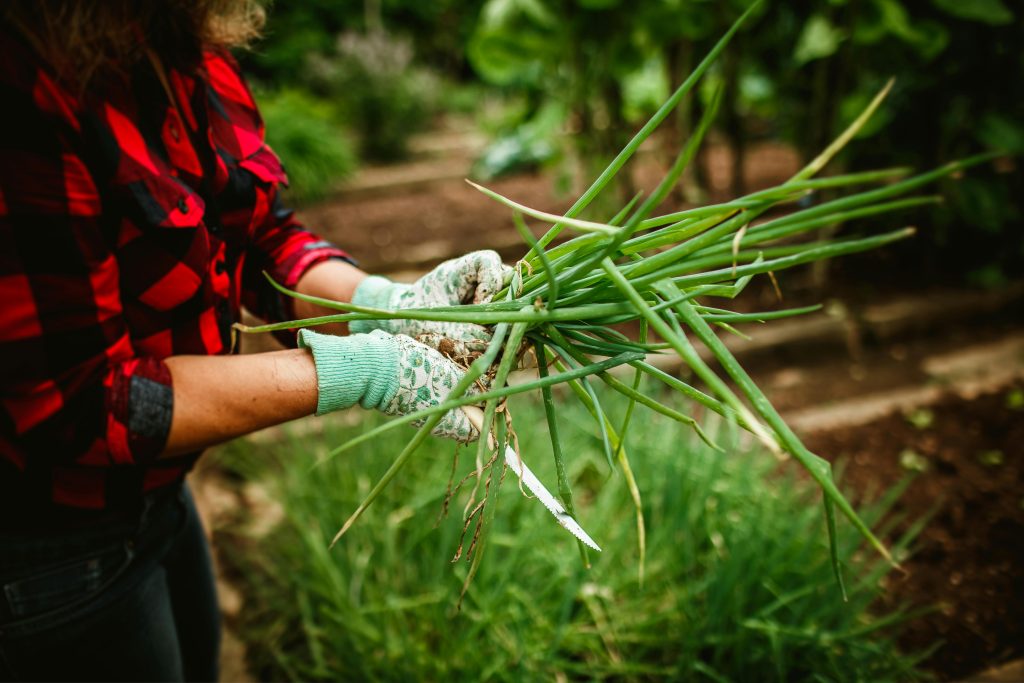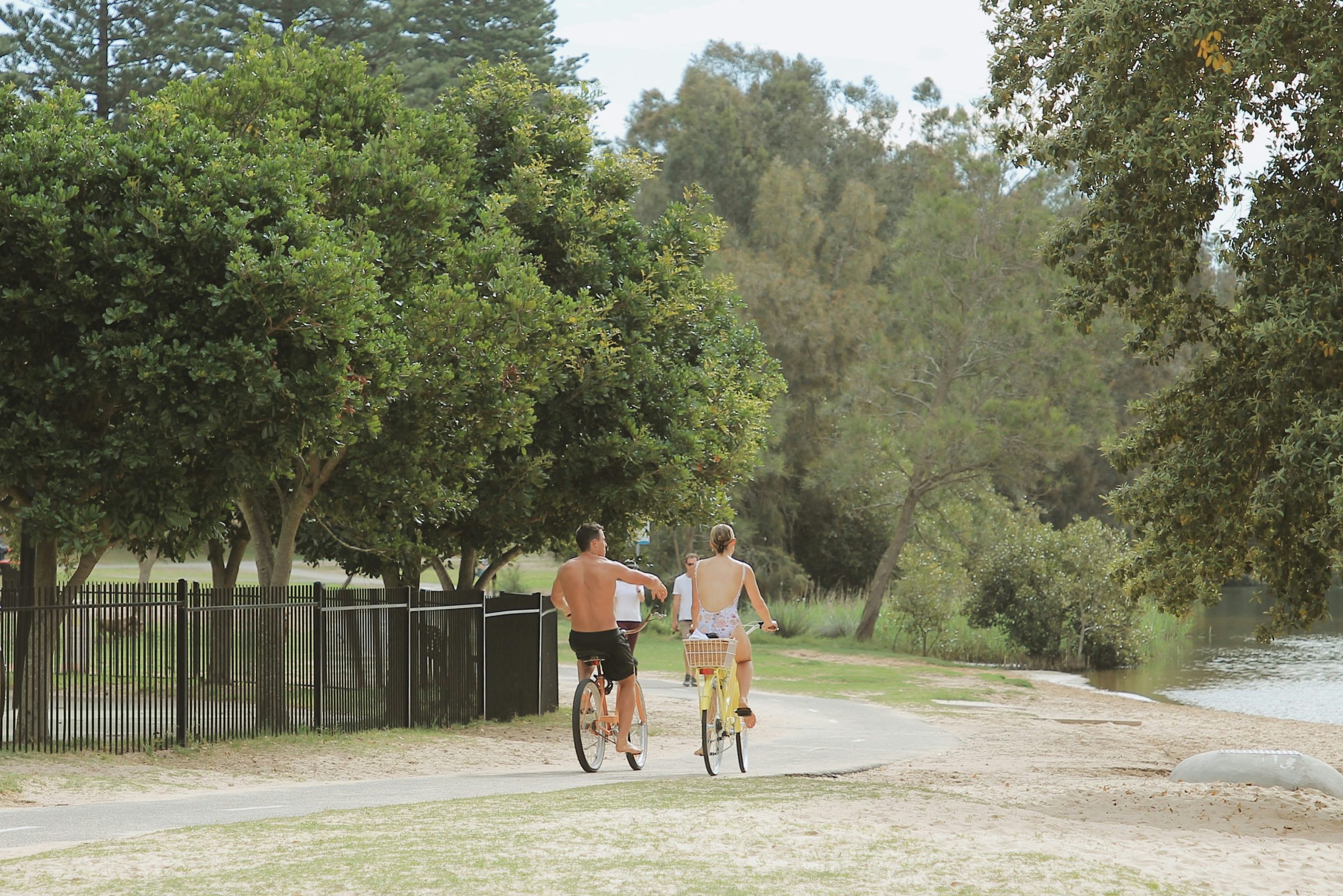How to Balance a Vegetable Garden with a Manicured Landscaped Lawn
Photo by Helena Lopes
If you live in a small apartment, you’re most likely growing your fruits and vegetables indoors or on a balcony, right? That alone can be pretty challenging, but what’s even more difficult would be trying to balance growing vegetables in a garden with a manicured aesthetic.
If you live in an HOA neighborhood, then you have no option but to keep it nice and manicured. Your average homeowner takes pride in their lawn, and those who garden take extra pride in getting the eats the fruit of their labor- literally.
But at the same time, a veggie garden, with its rows of unruly plants and practical (but often unsightly) trellises, might not scream “elegant landscaping.” But there is a way to balance it, but how exactly? Well, here’s exactly what you need to know!
It All Starts with Designing for a Purpose
For starters, if you want your vegetable garden to blend seamlessly with your manicured lawn, you’ve got to design it with purpose. This means thinking beyond the standard rectangular garden bed and considering how the garden will fit into the overall look of your yard. So, with that all said, one approach is to treat your vegetable garden like a landscape feature rather than just a place to grow food.
That means that you may want to consider placing your vegetable beds in a way that complements the flow of your lawn. So, this could be difficult to do (and again, if you live in an HOA community, you’ll have to go by their guidelines), so you’ll probably need to look into landscape design services if you want to make sure this can be both beautiful, elegant, HOA-friendly, and still give your veggies what they need to thrive too. There’s this whole delicate balance.
A great example would be raised beds, which can be designed with the same materials used in other landscaping elements, such as stone or brick, giving the garden a polished, cohesive look.
Start Blending Form with Function
Technically, the abovementioned example about raised beds is a nice example. So this means choosing plants and garden structures that are both functional and attractive. For the most part, gone are the days when vegetable gardens had to be hidden away in a corner of the yard. Today’s gardens can be as beautiful as they are productive.
So, start by selecting vegetable varieties known for their ornamental qualities. You could think about colorful heirloom tomatoes, rainbow chard, or even flowering herbs like lavender and rosemary. Overall, these plants not only provide fresh produce but also add bursts of color and texture to your garden.
But that’s not necessarily all; for structures like trellises, supports, and fences, you might want to opt for materials that match or complement the aesthetic of your lawn and other landscaping features. Overall, a solid wooden trellis or a wrought iron fence can actually enhance the visual appeal of your garden, making it look gorgeous rather than something to hide away. You can usually find these at most home improvement stores, and they can be used for more than just veggies.
Harmonizing Nature and Design
Balancing a vegetable garden with a manicured lawn is all about integrating beauty and function. By thoughtfully planning the layout, you can create a space where fresh produce thrives alongside perfectly trimmed greenery. Whether you opt for raised beds, container gardening, or interspersing edibles with ornamentals, your outdoor space can be a true reflection of both your love for gardening and your desire for a polished landscape. Embrace the blend of aesthetics and productivity, and your garden will become a testament to the harmony between nature and design.






